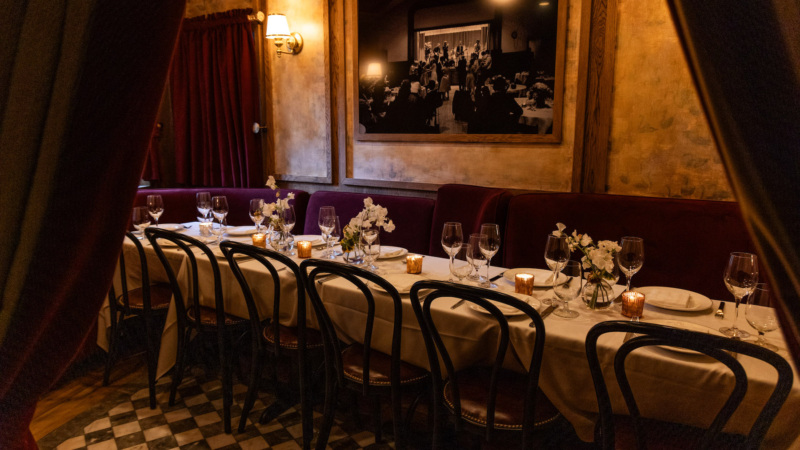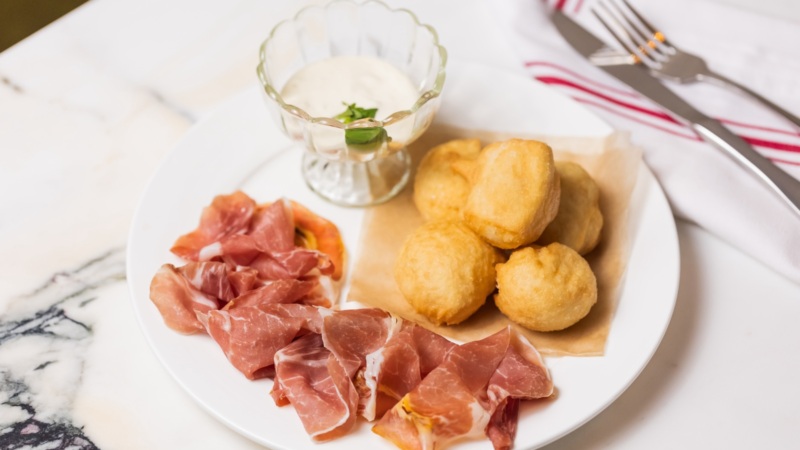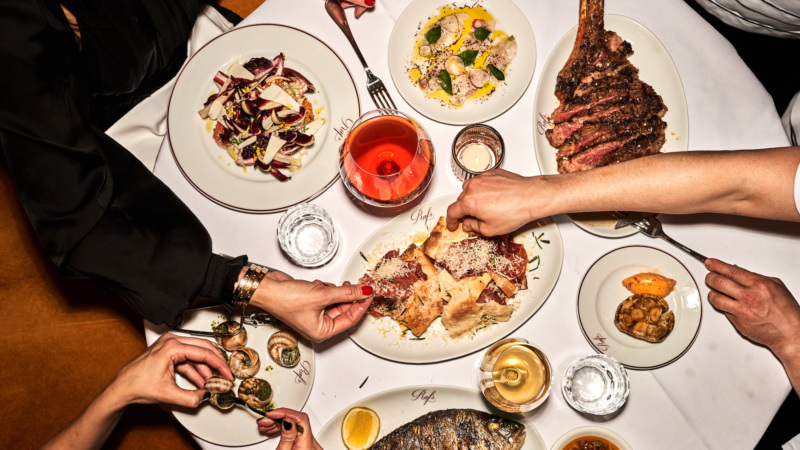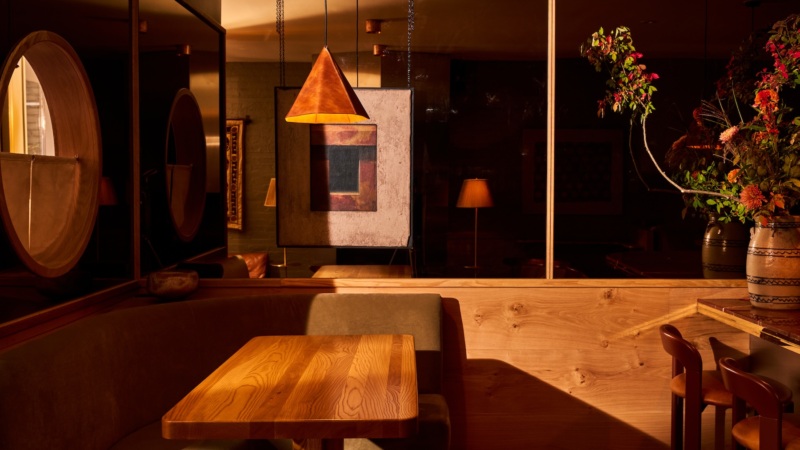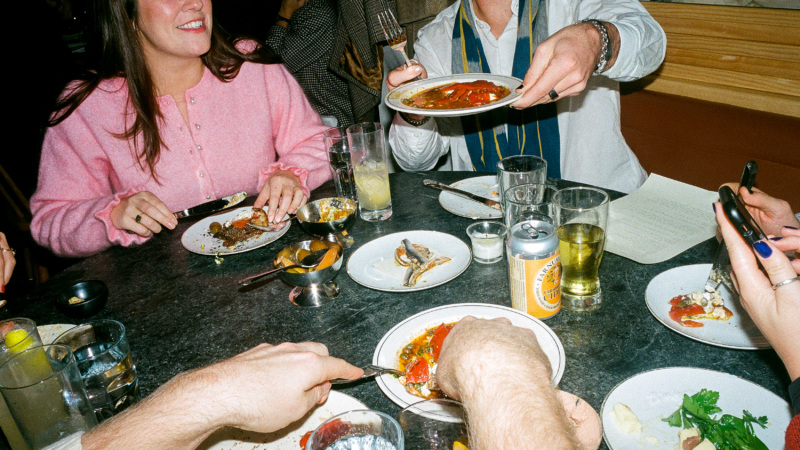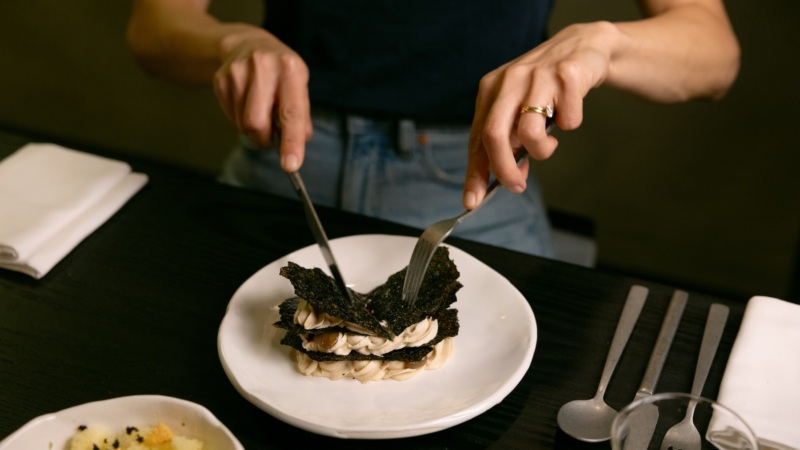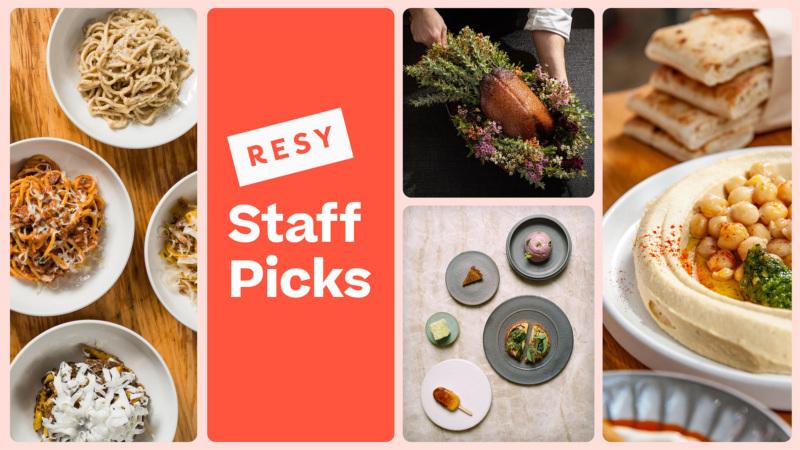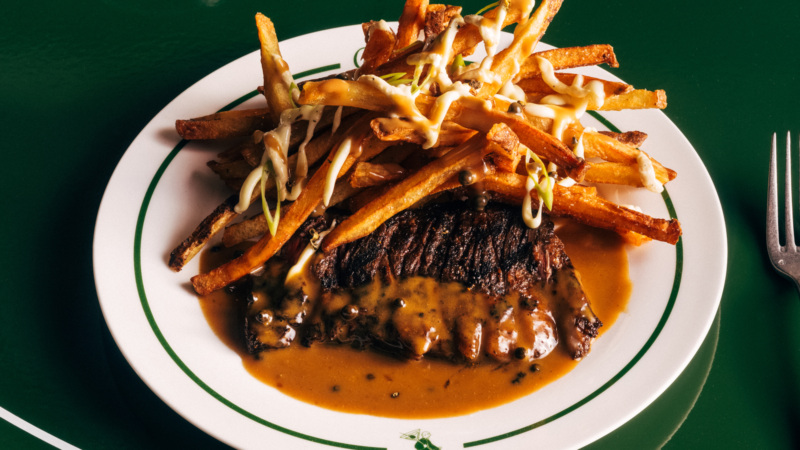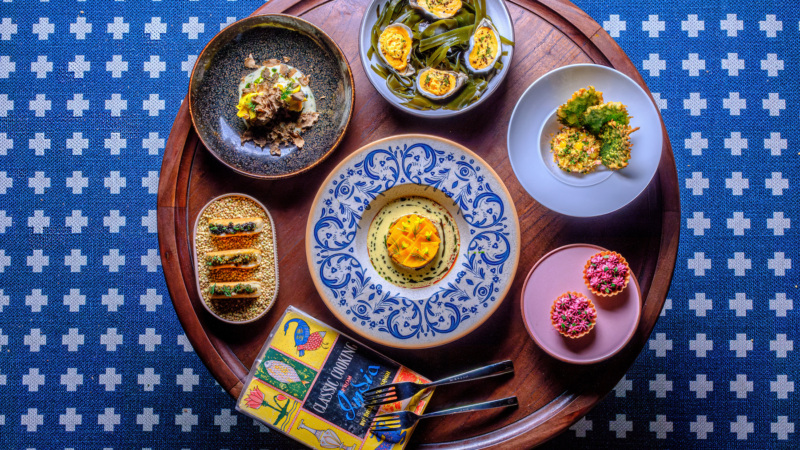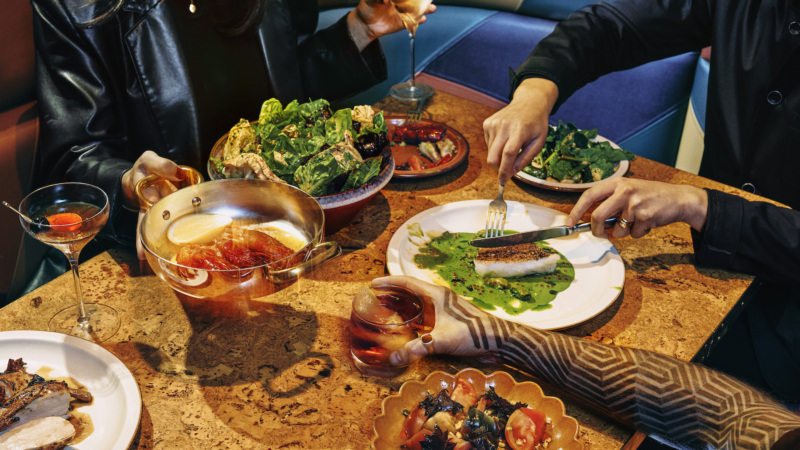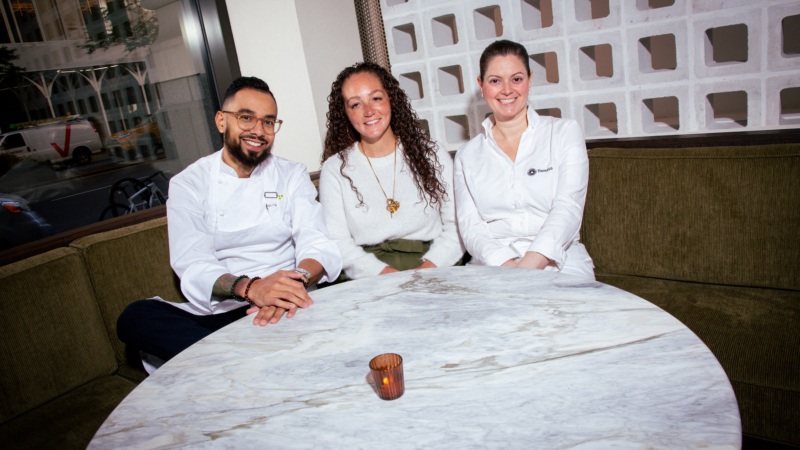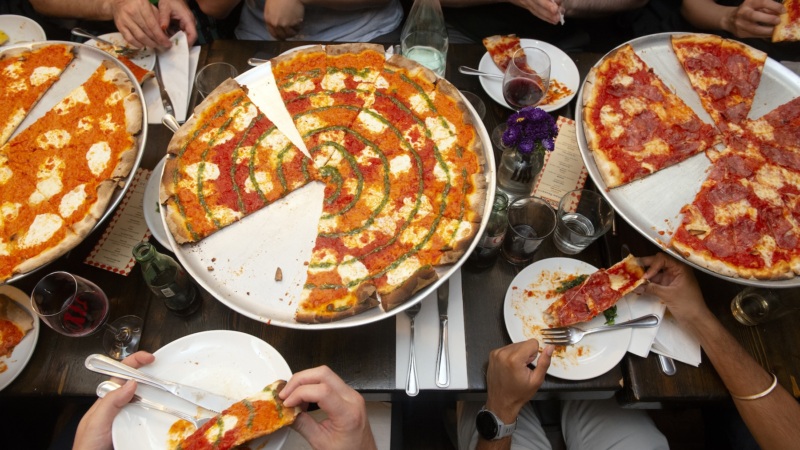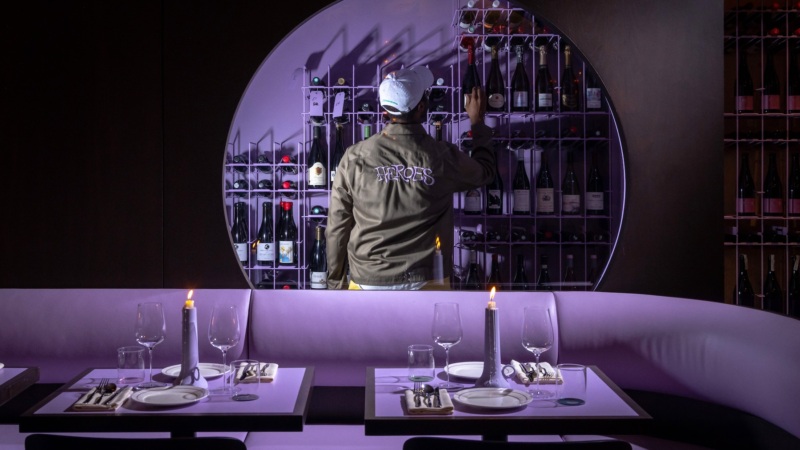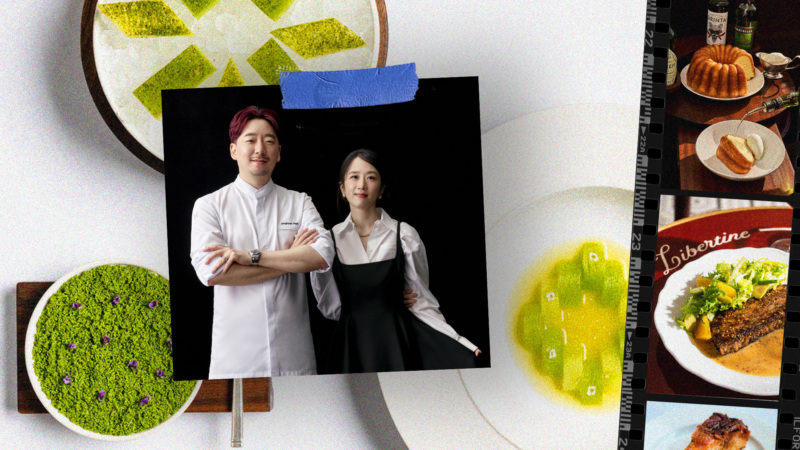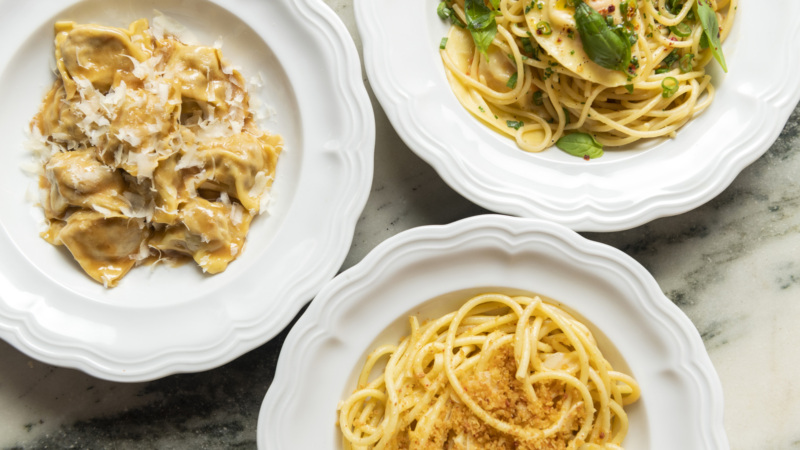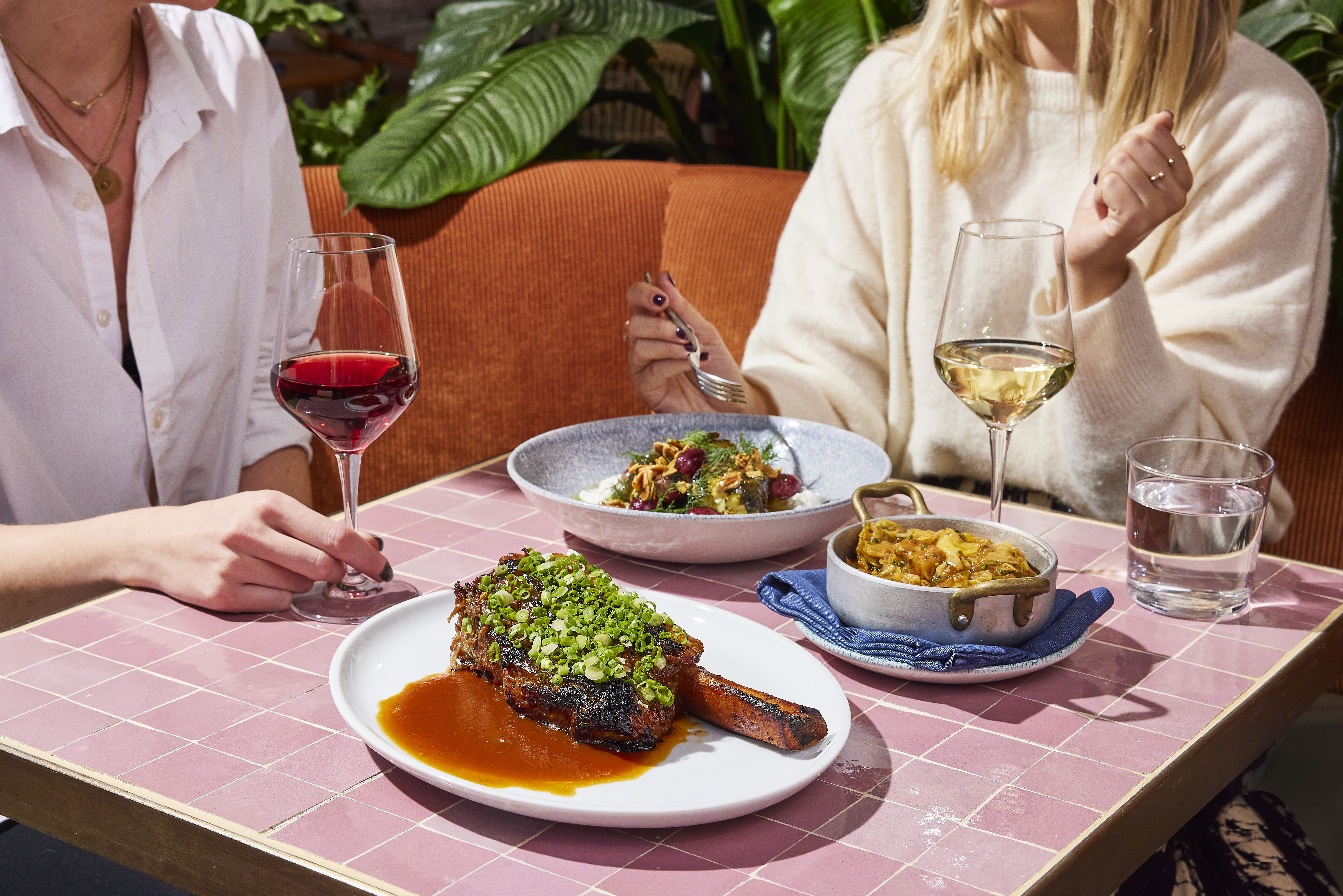
All You Need to Know About Mike Solomonov’s K’Far, Now in Brooklyn
You didn’t think Michael Solomonov was going to bring just one restaurant to New York, did you?
The lauded chef and his business partner Steve Cook are continuing the replication of their Philadelphia restaurant empire in Brooklyn, namely with K’Far — their daytime café just south of Philly’s Logan Square. K’Far means “village” in Hebrew, and their new one is opening in the midst of what passes for Brooklyn’s village square: north Williamsburg, namely in the Hoxton hotel, just downstairs from their hit restaurant, Laser Wolf, which opened in April.
Solomonov is no stranger to Brooklyn, of course: He used to party in Williamsburg during its protean days as a mod neighborhood. But today the party favors of choice are hummus and chocolate rugelach, and the pull-apart bread known as kubaneh. (Imagine a savory Yemenite take on monkey rolls.) All factor into K’Far’s “remix of parts of Jewish cuisine with parts of Palestinian cuisine, and so on,” as Solomonov puts it.
Considering that Laser Wolf has quickly become one of the city’s most sought reservations, the arrival of K’Far provides for a more freeform — and easier to access — way to enjoy Solomonov’s cooking. It is of that most versatile form of hotel restaurants, a place to start the day with coffee and finish it with dessert, and to everything in between.
As part our our ongoing series, The Rundown, we’re sharing all the essentials about newly opened (as well as some of your favorite) restaurants. Here’s what you need to know to make the most of a meal at K’Far.
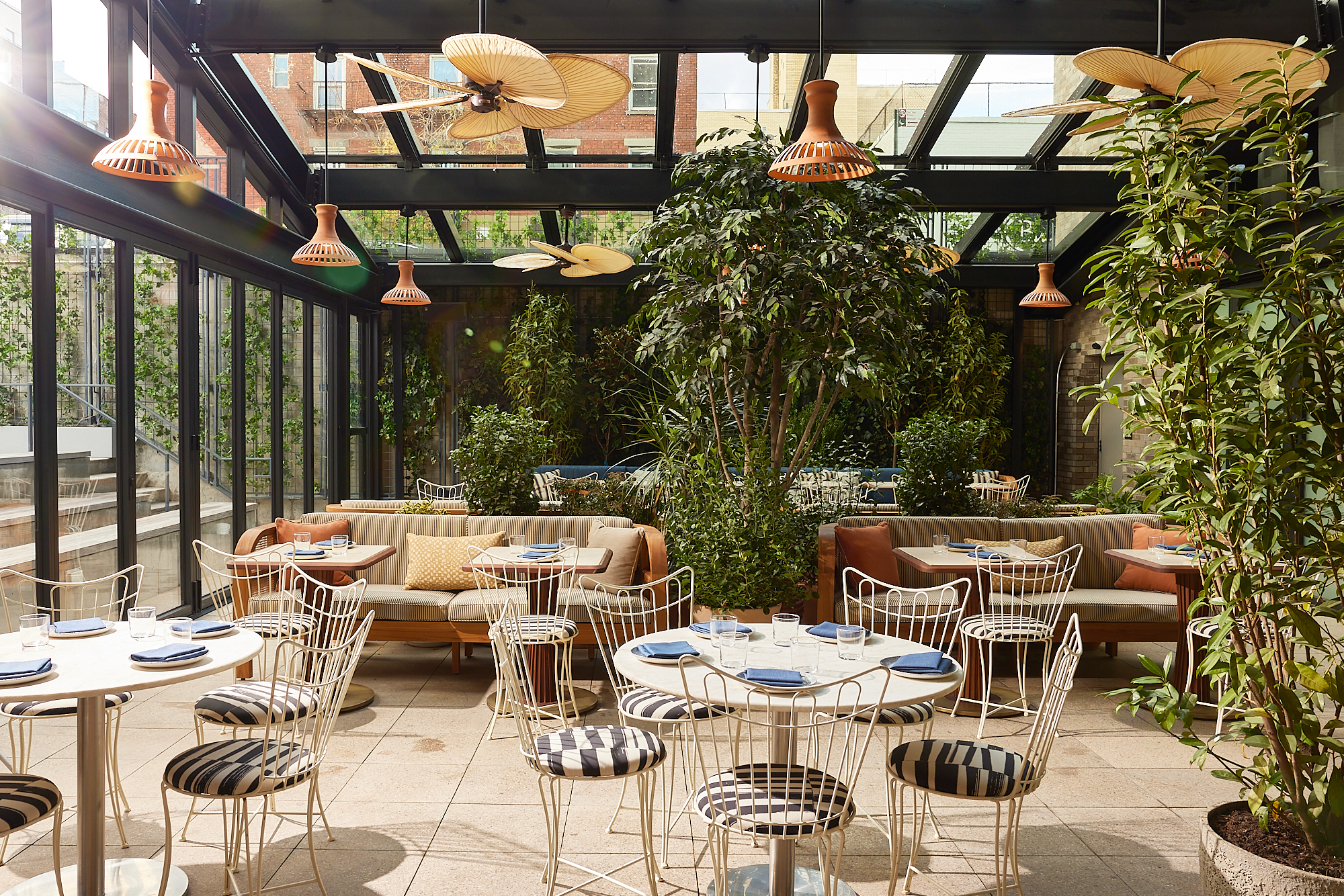
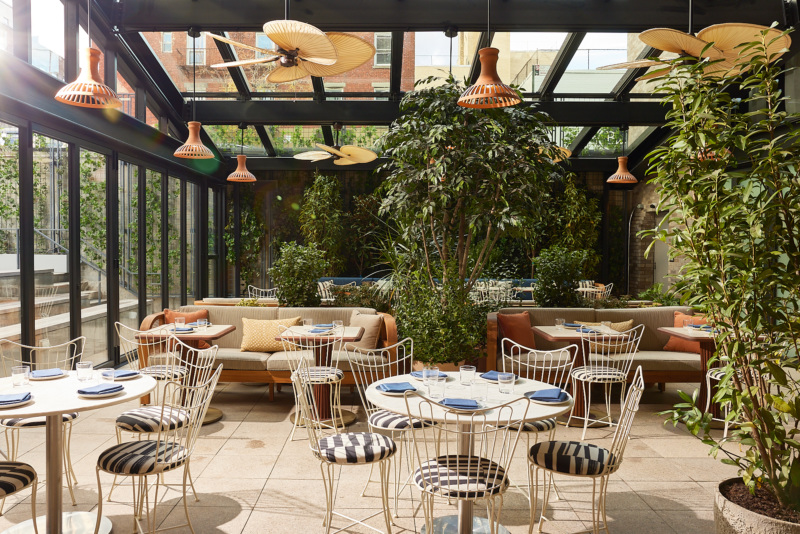
1. For sure, this is not the same old K’Far.
For one reason in particular: dinner. The Philiadelphia K’Far is modeled very much in a bakery mold, with half the menu occupied by pastries — both conventional items like a sticky bun and Israeli borekas — and coffee. The remainder includes Jerusalem bagels, that colossal cousin to the North American version, served with cream cheese, labneh, and the like; plus Solomonov’s take on open-faced toast sandwiches, made with kubaneh and topped with choices like tomato jam and cinnamon sugar; along with several substantial lunch salads.
Much of that is present at the Brooklyn edition, and in particular the kubaneh have grown more hearty — there’s even a patty melt. It all acknowledges our revived appreciation of old-fashioned sandwiches, as well as the time honored New York tradition of noshing.
But there’s an entire third act each day, starting at 5 p.m. From an inspirational standpoint, dinner is at least slightly in the mold of Solomonov’s Zahav: starters like a fennel Caesar salad and a savory baklava with halloumi cheese give way to larger mains, including a Persian lamb shank accented with sour cherries, meant to share, that at least obliquely quotes Zahav’s pomegranate lamb shank. On balance the results feel more like a remix of Middle Eastern and New American, reminiscent of Galit in Chicago or Saba in New Orleans.
2. Instead, consider it more a counterpoint to Laser Wolf upstairs.
While Solomonov’s arrival in Brooklyn has been largely received with thrills, the very concept of Laser Wolf — pick one main dish and the rest is all set for you, dips, soft-serve, and all — is very much inverted at K’Far, where, in Solomonov’s words, “there’s a ton of ways to make an experience.”
That’s especially reflected in the all-day vibe, with the menu evolving through the day, and its choose-your-own-adventure approach. The mezze that form the heart of Laser Wolf’s menu (and Zahav’s too) aren’t quite so present; instead, the baked goods from pastry chef Katreena Kanney are the focus.

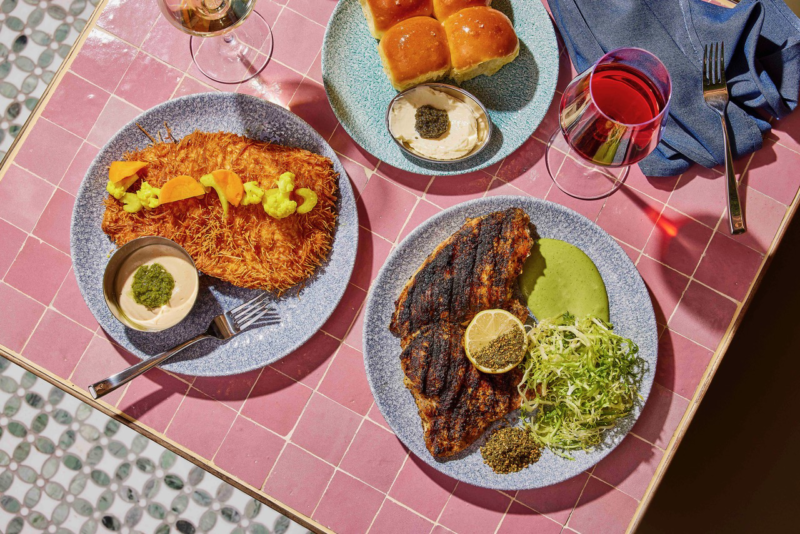
3. The chicken schnitzel? A game-changer.
One of Solomonov’s longtime personal fascinations has been chicken schnitzel, a humble dish as they go — and one appropriated from central Europe to become an iconic dish for generations of Israelis. The version at K’far may be his finest take yet — the typical matzoh meal crust subbed out with the shredded phyllo dough known as kataifi, which Solomonov says makes it “extra crispy.” Condiments now include schug and Yemenite pickle. (Prediction: If 2022 was the year of the chicken sandwich, expect next year to bring schnitzel in every corner.)
This isn’t to overlook other main courses, like a deboned half-chicken dusted with za’atar and brick-cooked over charcoal; or a version of chraime, the traditional North African fish stew, made with grouper and green garbanzos. Or a bone-in short rib to share, accented with passionfruit, reminiscent of the version upstairs at Laser Wolf.
4. Don’t worry. The hummus cometh.
On deck at K’far? Solomonov’s stupendous hummus, made famous at Zahav; a highlight among the mezze at Laser Wolf; and perhaps most notably — if wistfully — the centerpiece of the dishes at Dizengoff, his short-lived Chelsea Market replication of the Philly original. Dizengoff’s hummus was a sensation among New Yorkers — both the hummus itself, but also its variations, with substantial toppings like romanesco with pine nuts and a lamb stew.
To start, K’far has a lunchtime version with green tehina that echoes the familiar one at Zahav. But keep an eye out for Dizengoffish iterations to resurface. Those were the perfect meal in a bowl, so this a very auspicious bit of news.
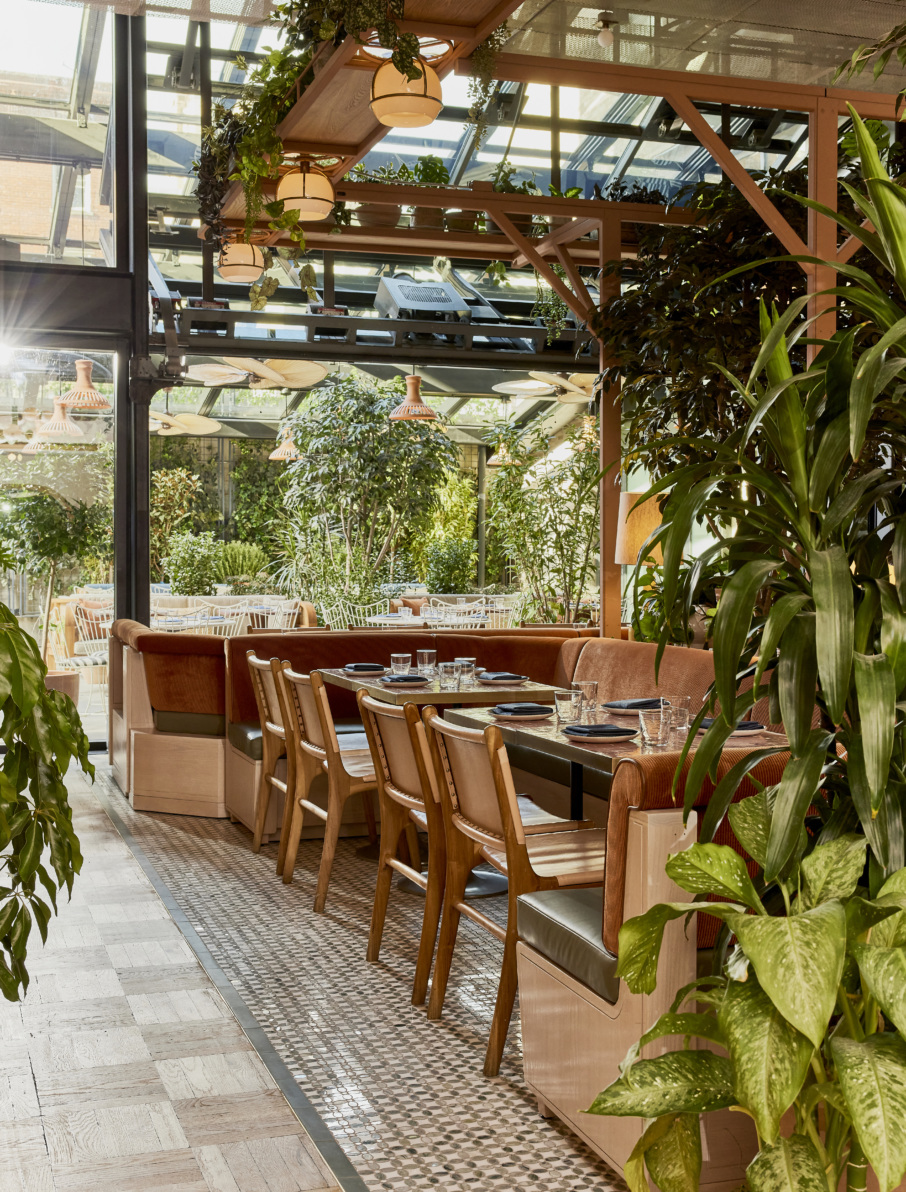
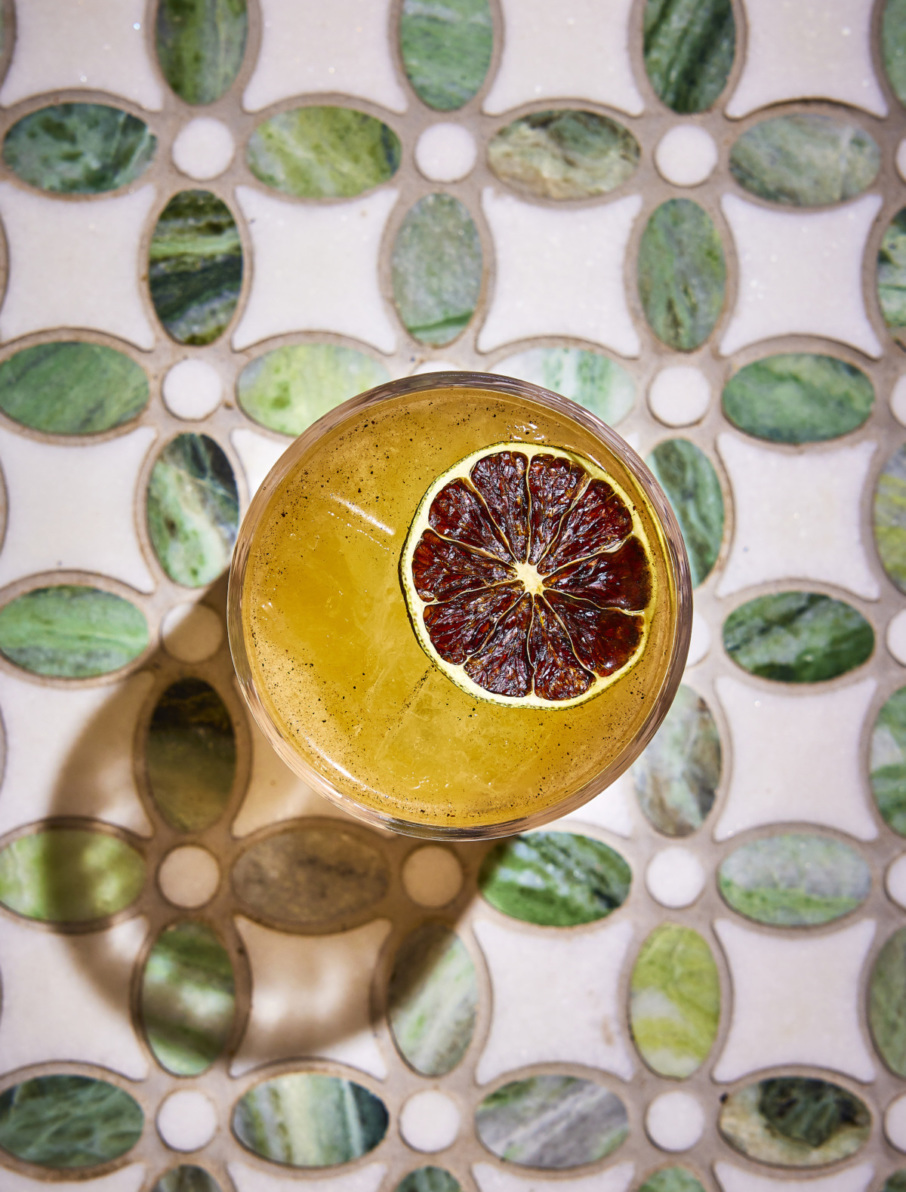
5. Really, stay all day. It’s fine.
K’far has daytime eating in its DNA, which means it starts strong with breakfast — a labneh parfait and eggs with merguez, in addition to the baked goods. And the intent is that you can linger through the day, which K’far’s location in the Hoxton lobby certainly enables.
It also provides a significant addition to the lunch roster in north Brooklyn, which has been less robust since the pandemic. Given the proliferation of shared workspaces nearby, figure this will be a popular draw for casual business meetings (and to escape the tyranny of all-day Slack).
Also, brunch is coming soon. There will be shakshuka.
6. And then, the day drinking.
“All day” extends to beverages, by the way. The cocktail selections include a celery, gin, and tonic, which is likely what Katz’s would serve as a boozy Cel-Ray twist; a Persian margarita with black lime; and the eminently sessionable Lemonana spritz, with Aperol, sparkling wine and verbena. Also mostly local beers, a largely European set of wines, and the Skinny QT, a non-alcoholic version of the celery tonic.










